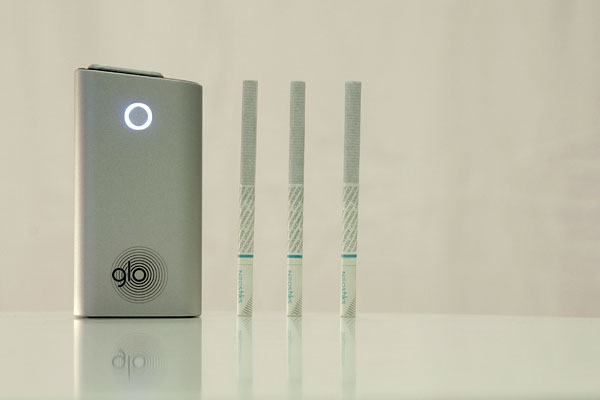The government in South Korea seems to have run into problems in its quest to measure the risks and relative risks of using heat-not-burn (HNB) products in place of traditional cigarettes.
According to a story in The Korea Herald, in July, the Ministry of Food and Drug Safety said it would conduct safety tests on HNB products and come up with an objective analysis of the health risks posed by using such devices. At that time, it said it would focus on the levels of nicotine and tar delivered by the HNB products’ tobacco sticks.
But the ministry has yet to release the test results and now says that a new system is needed to test the products.
“Because this is a relatively new product, we may have to create new regulations or systems to deal with e-cigarettes,” a ministry official was quoted as saying.
For instance, due to continued public calls for verification of the risk posed by HNB devices, the government was considering introducing a law that stipulated that tobacco companies should release a list of HNB tobacco-stick components.
But tobacco firms said the government’s idea might not be feasible.
“If we hand in a list of e-cigarette ingredients, it will be more than several pages long, because there are so many kinds of chemicals inside the product,” a tobacco-company official was quoting as telling the Herald. “Unlike a cigarette, it is also hard to measure the content inside the e-cigarette stick because those sticks vary in sizes and grams, depending on the device that goes with them. This is also why we weren’t able to release the components list.”
Some experts were said to claim that it wasn’t important how much tar, nicotine and toxicants were delivered by HNB cigarettes, because the important factor was how often a person used such devices.
Nevertheless, a lot of smokers seem to have made up their own minds. In January, sales of HNB cigarettes accounted for 9.1 percent of South Korea’s tobacco market.
Dithering over HNB











